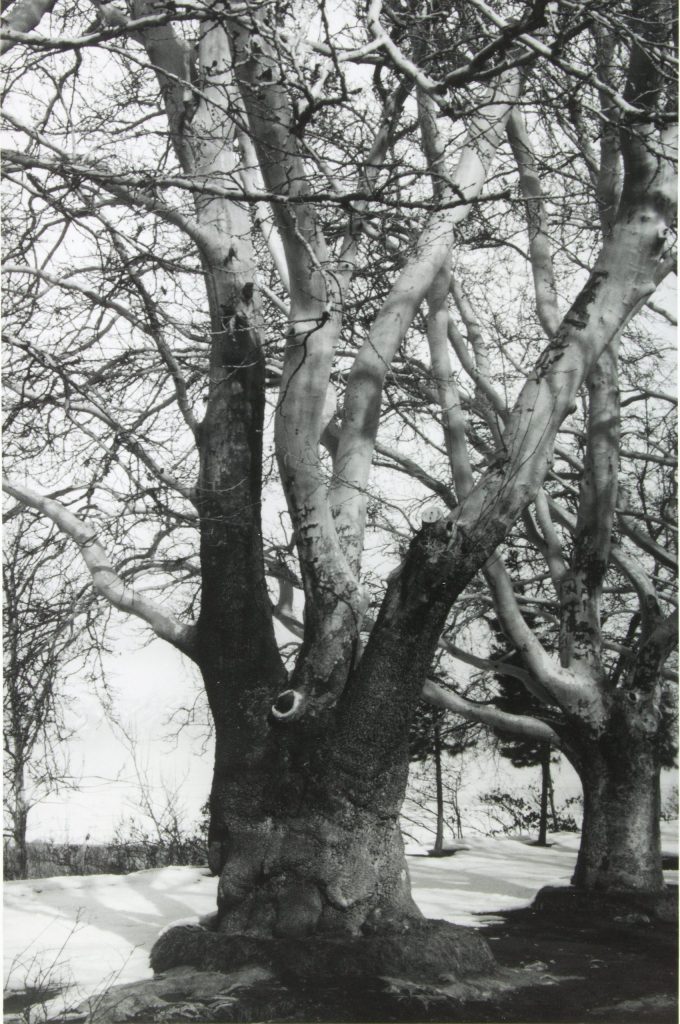Babur loved gardens and built them in each new outpost of his empire.
Babur’s Gardens


Paintings
Babur’s Gardens
This first painting depicts a type of garden well known to Babur: a geometric arrangement of waterways, cultivated plots, and architectural features for viewing and enjoying the surroundings. Babur, who always longed for the “marvelously regular and geometric gardens” of his Central Asian homeland, popularized this style in India. In the following Mughal drawing, he sits in a Persian-style garden framed by a shimmering waterway and delicate saplings, but with the addition of local flora such as banana plants, at bottom.
Gathering with an Elderly Woman
Uzbekistan, Bukhara, Shaybanid dynasty, ca. 1520–30
Opaque watercolor, ink, and gold on paper
Purchase—Smithsonian Unrestricted Trust Funds, Smithsonian Collections Acquisition Program, and Dr. Arthur M. Sackler
Arthur M. Sackler Gallery
S1986.216
In the words of Babur…
Babur lamented the lack of Persian-style gardens in India and resolved to build one of his own near Agra:
“I always thought one of the chief faults of Hindustan was that there was no running water. Everywhere that was habitable it should be possible to construct waterwheels, create running water, and make planned, geometric spaces. A few days after coming to Agra, I crossed the Jumna with this plan in mind and scouted around for places to build gardens, but everywhere I looked was so unpleasant and desolate that I crossed back in great disgust. Because the place was so ugly and disagreeable I abandoned my dreams of making a charbagh.
Although there was no really suitable place near Agra, there was nothing to do but work with the space we had. The foundation was the large well from which the water for the bathhouse came. Next, the patch of ground with tamarind trees and octagonal pond became the great pool and courtyard. Then came the pool in front of the stone building and the hall. After that came the private garden and its outbuildings, and after that the bathhouse. Thus, in unpleasant and inharmonious India, marvelously regular and geometric gardens were introduced. In every corner were beautiful plots, and in every plot were regularly laid out arrangements of roses and narcissus.
[. . .] Since the people of India had never seen such planned or regular spaces, they nicknamed the side of the Jumna on which these structures stood, ‘Kabul.’”
Thackston, Wheeler M., trans. The Baburnama: Memoirs of Babur, Prince and Emperor. New York: Oxford University Press in association with Smithsonian Institution, Freer Gallery of Art, Arthur M. Sackler Gallery, 1996. 363–64.
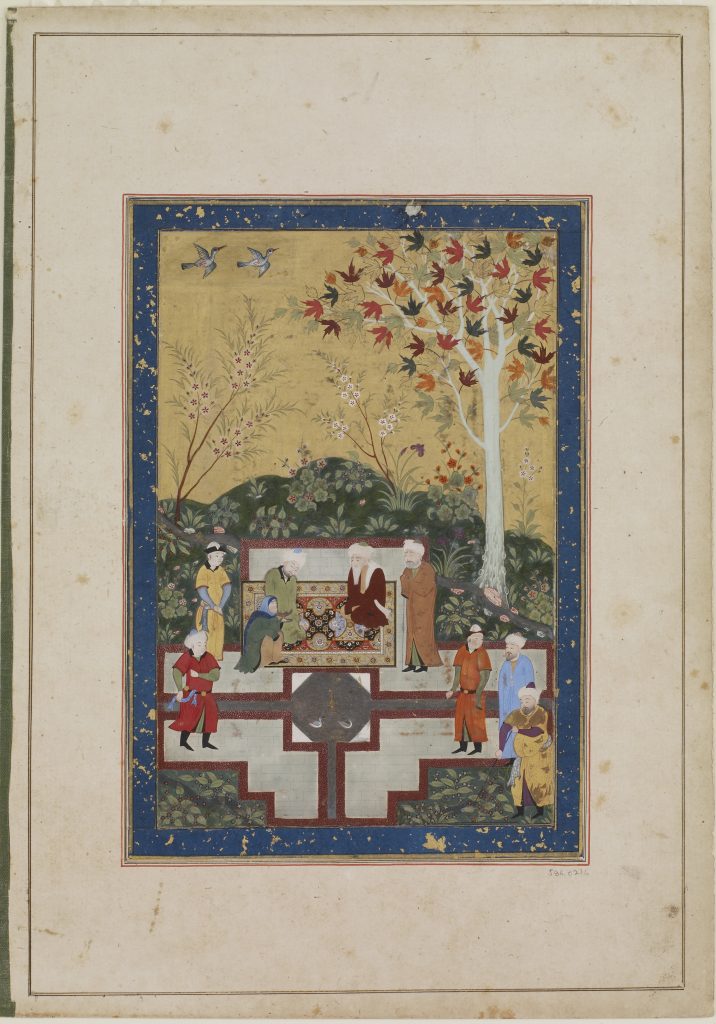
Emperor Babur with Attendants in a Garden
India, Mughal dynasty, ca. 1590
Opaque watercolor, ink, and gold on paper
Purchase—Charles Lang Freer Endowment
Freer Gallery of Art
F1954.27
In the words of Babur…
Babur lamented the lack of Persian-style gardens in India and resolved to build one of his own near Agra:
“I always thought one of the chief faults of Hindustan was that there was no running water. Everywhere that was habitable it should be possible to construct waterwheels, create running water, and make planned, geometric spaces. A few days after coming to Agra, I crossed the Jumna with this plan in mind and scouted around for places to build gardens, but everywhere I looked was so unpleasant and desolate that I crossed back in great disgust. Because the place was so ugly and disagreeable I abandoned my dreams of making a charbagh.
Although there was no really suitable place near Agra, there was nothing to do but work with the space we had. The foundation was the large well from which the water for the bathhouse came. Next, the patch of ground with tamarind trees and octagonal pond became the great pool and courtyard. Then came the pool in front of the stone building and the hall. After that came the private garden and its outbuildings, and after that the bathhouse. Thus, in unpleasant and inharmonious India, marvelously regular and geometric gardens were introduced. In every corner were beautiful plots, and in every plot were regularly laid out arrangements of roses and narcissus.
[. . .] Since the people of India had never seen such planned or regular spaces, they nicknamed the side of the Jumna on which these structures stood, ‘Kabul.’”
Thackston, Wheeler M., trans. The Baburnama: Memoirs of Babur, Prince and Emperor. New York: Oxford University Press in association with Smithsonian Institution, Freer Gallery of Art, Arthur M. Sackler Gallery, 1996. 363–64.

Mihr feasting with Kayvan the King of Khwarazm
Folio from a Mihr-u Mushtari (The Sun and Jupiter) by Shams al-Din Muhammad Assar Tabrizi
Uzbekistan, Bukhara, Shaybanid dynasty, 1523–24 (AH 930)
Ink, opaque watercolor, and gold on paper
Purchase—Charles Lang Freer Endowment
Freer Gallery of Art
F1932.7
In the words of Babur…
Babur lamented the lack of Persian-style gardens in India and resolved to build one of his own near Agra:
“I always thought one of the chief faults of Hindustan was that there was no running water. Everywhere that was habitable it should be possible to construct waterwheels, create running water, and make planned, geometric spaces. A few days after coming to Agra, I crossed the Jumna with this plan in mind and scouted around for places to build gardens, but everywhere I looked was so unpleasant and desolate that I crossed back in great disgust. Because the place was so ugly and disagreeable I abandoned my dreams of making a charbagh.
Although there was no really suitable place near Agra, there was nothing to do but work with the space we had. The foundation was the large well from which the water for the bathhouse came. Next, the patch of ground with tamarind trees and octagonal pond became the great pool and courtyard. Then came the pool in front of the stone building and the hall. After that came the private garden and its outbuildings, and after that the bathhouse. Thus, in unpleasant and inharmonious India, marvelously regular and geometric gardens were introduced. In every corner were beautiful plots, and in every plot were regularly laid out arrangements of roses and narcissus.
[. . .] Since the people of India had never seen such planned or regular spaces, they nicknamed the side of the Jumna on which these structures stood, ‘Kabul.’”
Thackston, Wheeler M., trans. The Baburnama: Memoirs of Babur, Prince and Emperor. New York: Oxford University Press in association with Smithsonian Institution, Freer Gallery of Art, Arthur M. Sackler Gallery, 1996. 363–64.
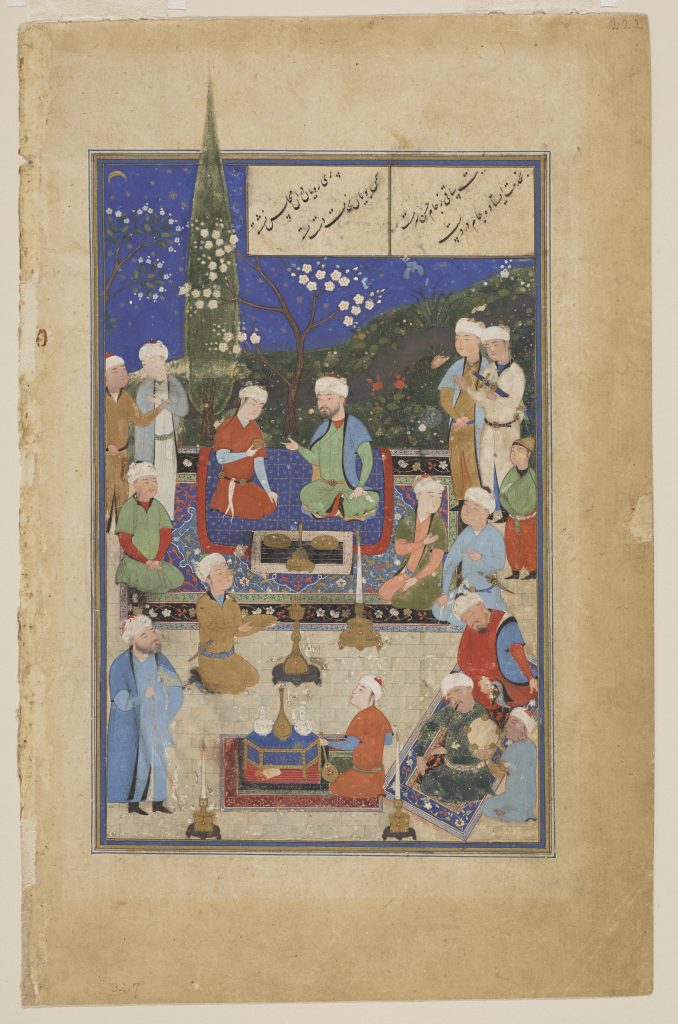
From the Archives
A Life Lived in Gardens
Babur’s favorite garden was located at Istalif, in the mountains outside Kabul. He described it as a soothing landscape of cool running water and abundant greenery. Babur enjoyed many excursions with his courtiers in Istalif’s orchards and pleasure gardens, shaded by rows of sprawling plane trees.
These objects are from the Moynihan archives at the National Museum of Asian Art. Garden historian Elizabeth Moynihan retraced much of Babur’s journey, traveling through Central and South Asia in the 1970s. Moynihan visited in the harsh winter, but she located many of the same scenic vistas Babur described, including some of his plane trees, which she meticulously documented in sketches and photographs.
Chinar leaf, collected in Srinagar, India
Elizabeth B. Moynihan
India, Srinagar, 1973
Leaf
The Elizabeth Moynihan Collection, FSA.A2013.06
Freer Gallery of Art and Arthur M. Sackler Gallery Archives
Gift of Elizabeth Moynihan, 2013. FSA.A2013.06.03.10.21
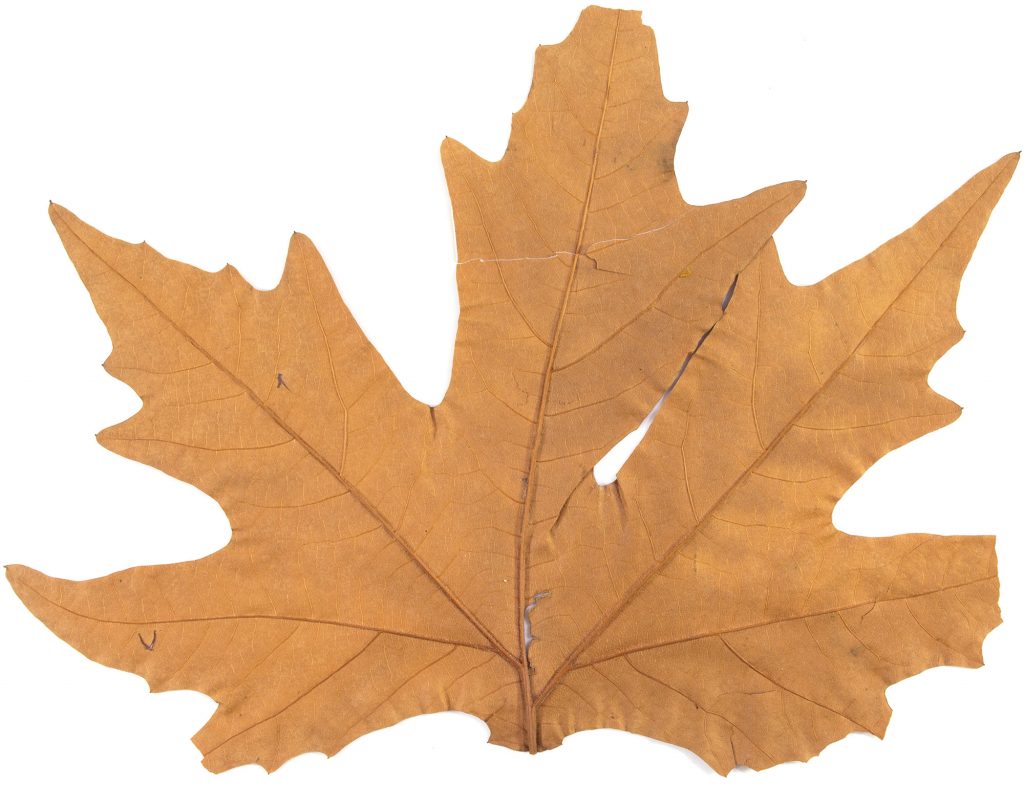
Drawing of the garden in Istalif, Afghanistan
Elizabeth B. Moynihan
1978
The Elizabeth Moynihan Collection, FSA.A2013.06
Freer Gallery of Art and Arthur M. Sackler Gallery Archives
Gift of Elizabeth Moynihan, 2013. FSA.A2013.06.02.7.045

View of surrounding mountains and valley, Istalif, Afghanistan
Elizabeth B. Moynihan
1978
Photographic print
The Elizabeth Moynihan Collection, FSA.A2013.06
Freer Gallery of Art and Arthur M. Sackler Gallery Archives
Gift of Elizabeth Moynihan, 2013. FSA.A2013.06.02.7.088
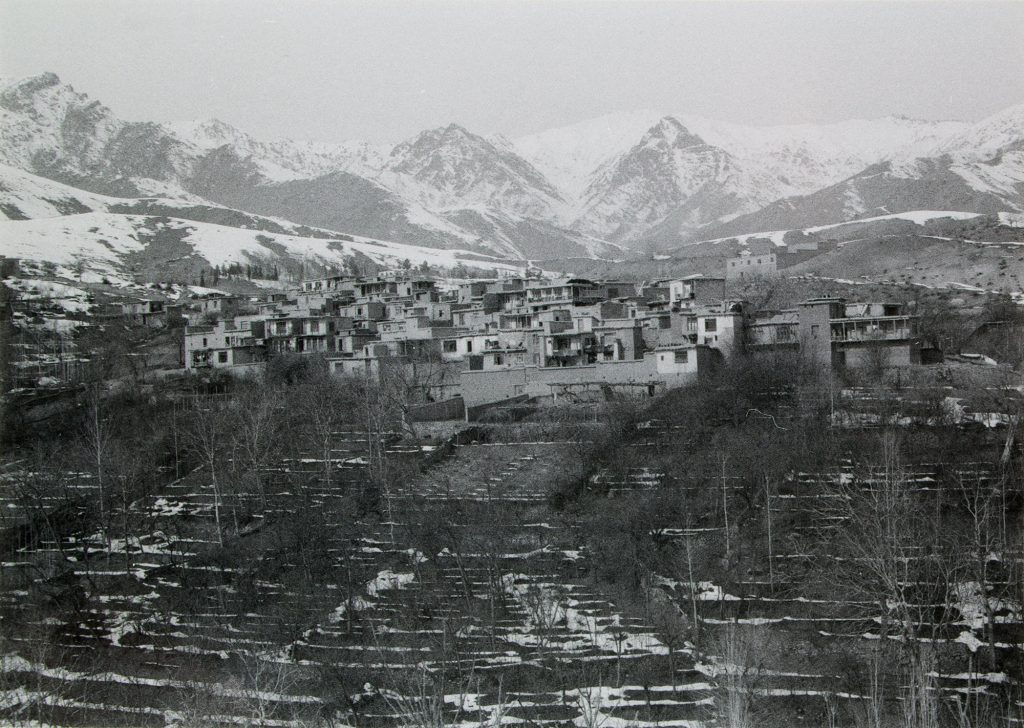
View from Istalif, Afghanistan
Elizabeth B. Moynihan
1978
Photographic print
The Elizabeth Moynihan Collection, FSA.A2013.06
Freer Gallery of Art and Arthur M. Sackler Gallery Archives
Gift of Elizabeth Moynihan, 2013. FSA.A2013.06.02.7.052
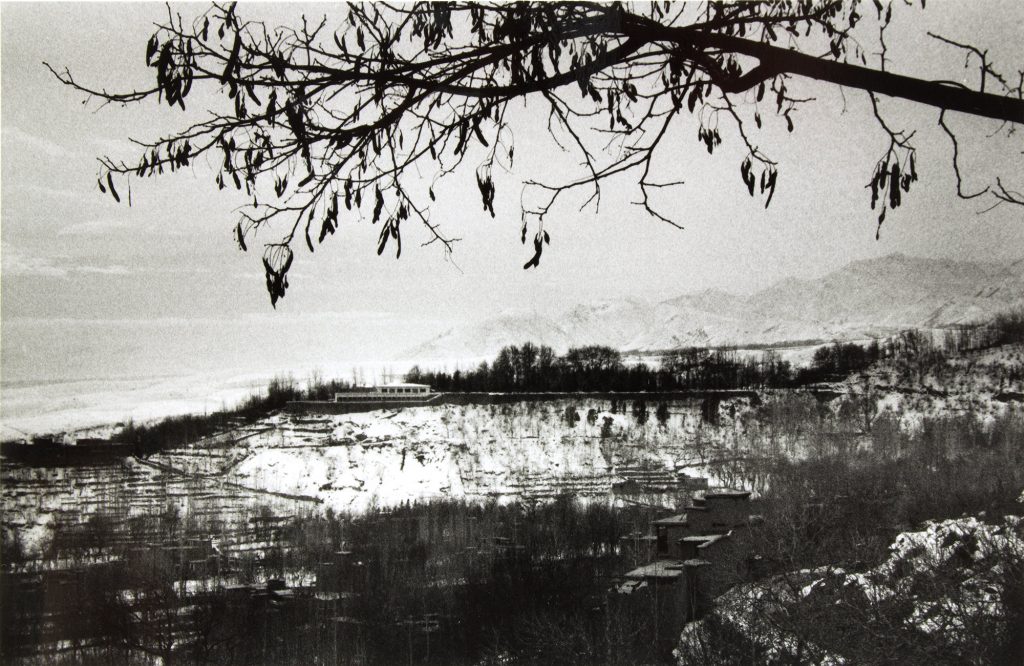
Chinars of Istalif, Afghanistan
Elizabeth B. Moynihan
1978
Photographic print
The Elizabeth Moynihan Collection, FSA.A2013.06
Freer Gallery of Art and Arthur M. Sackler Gallery Archives
Gift of Elizabeth Moynihan, 2013. FSA.A2013.06.02.7.048
